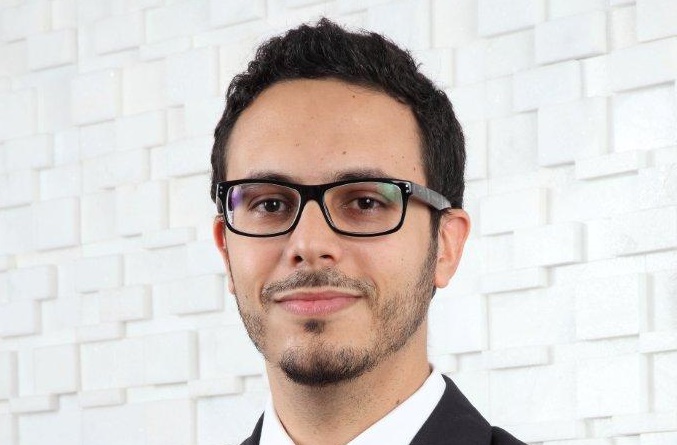
By Carlos Jardim, systems engineer at Intel Security
Along with the challenge of innovation is the challenge of information security. There is no point in offering an innovative, technological and accessible service if users and companies are at risk of being victims of hacking attacks, having their devices infected and their data corrupted, hijacked or stolen.
New malware is discovered every minute, new forms of cyber attacks against companies and users. The current corporate scenario presents a sliced infrastructure in endpoint, datacenter, network, cloud, mobile devices, etc. It is no longer possible to define a perimeter to be protected, which further increases the security challenge.
Classic solutions deal with classic problems and they are still very important in the process, but it is necessary to rethink corporate security, include more intelligence, correlate information, analyze data, and no longer block access in search of protection. It is necessary to create a security strategy that is able to cover all sectors of the reality of a telecommunication company today.
Security can no longer be treated as an isolated segment, it must be present in decisions, it must be inserted in the business. Security solutions cannot become barriers or obstacles that the company needs to deal with, but rather allies of the business, capable of molding themselves according to the needs of each company. The guideline for this to happen is to create an adaptive and collaborative security architecture, in which different solutions communicate so that information from different points is analyzed and the best decision can be made to contain threats.
Currently, prevention is also not the most important task in the security process. With the sophistication and great speed with which new threats are created, it is no longer possible to focus only on prevention and detection. We are in the age of the answer. The main question now is to be prepared for when the attack happens and to be able to reduce the response time to the incident.
The world is now collaborative and solutions must be, too. Only with an integrated and collaborative security architecture will it be possible to deliver a more aligned response to the business and reduce the impact of cyber threats.













